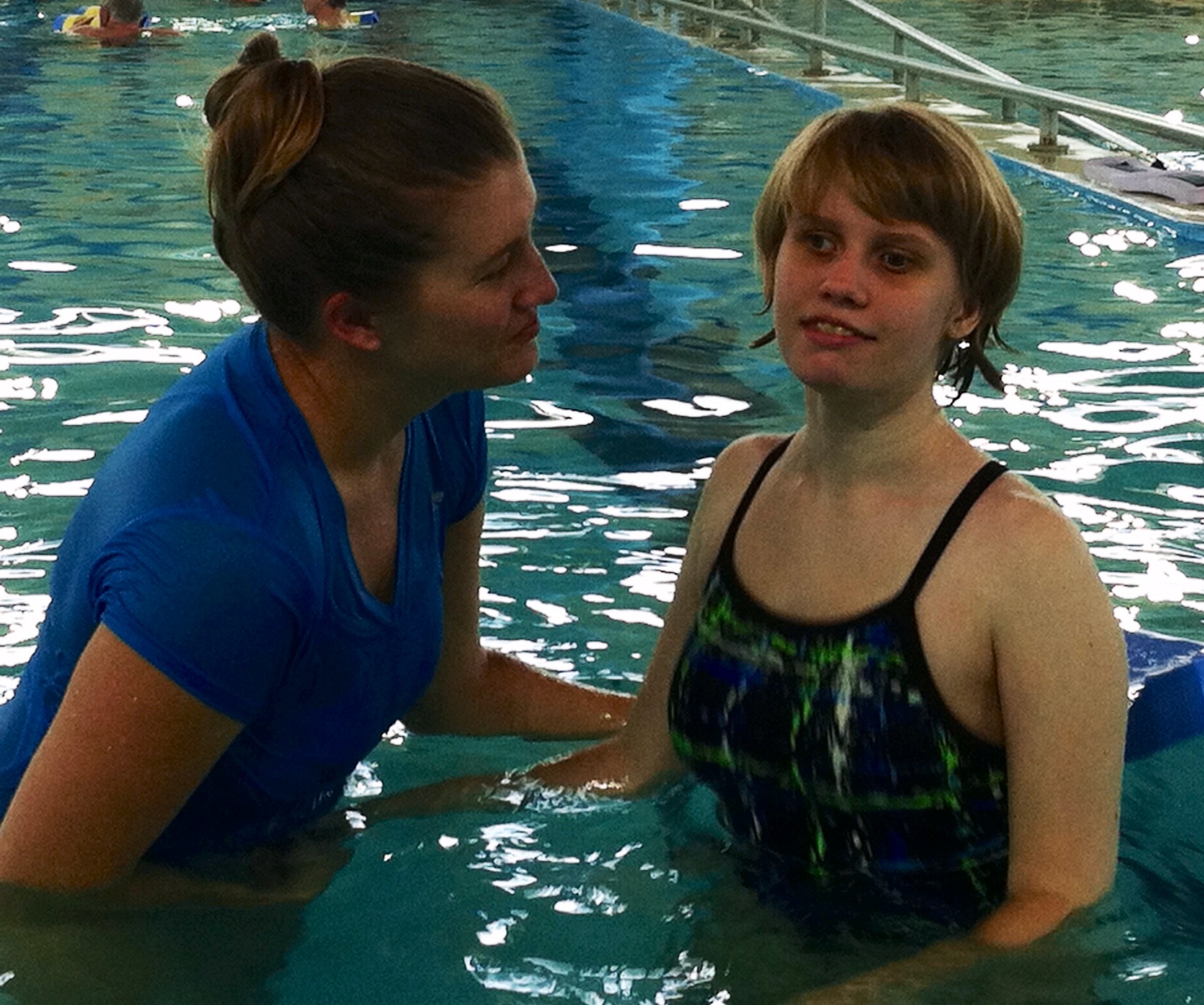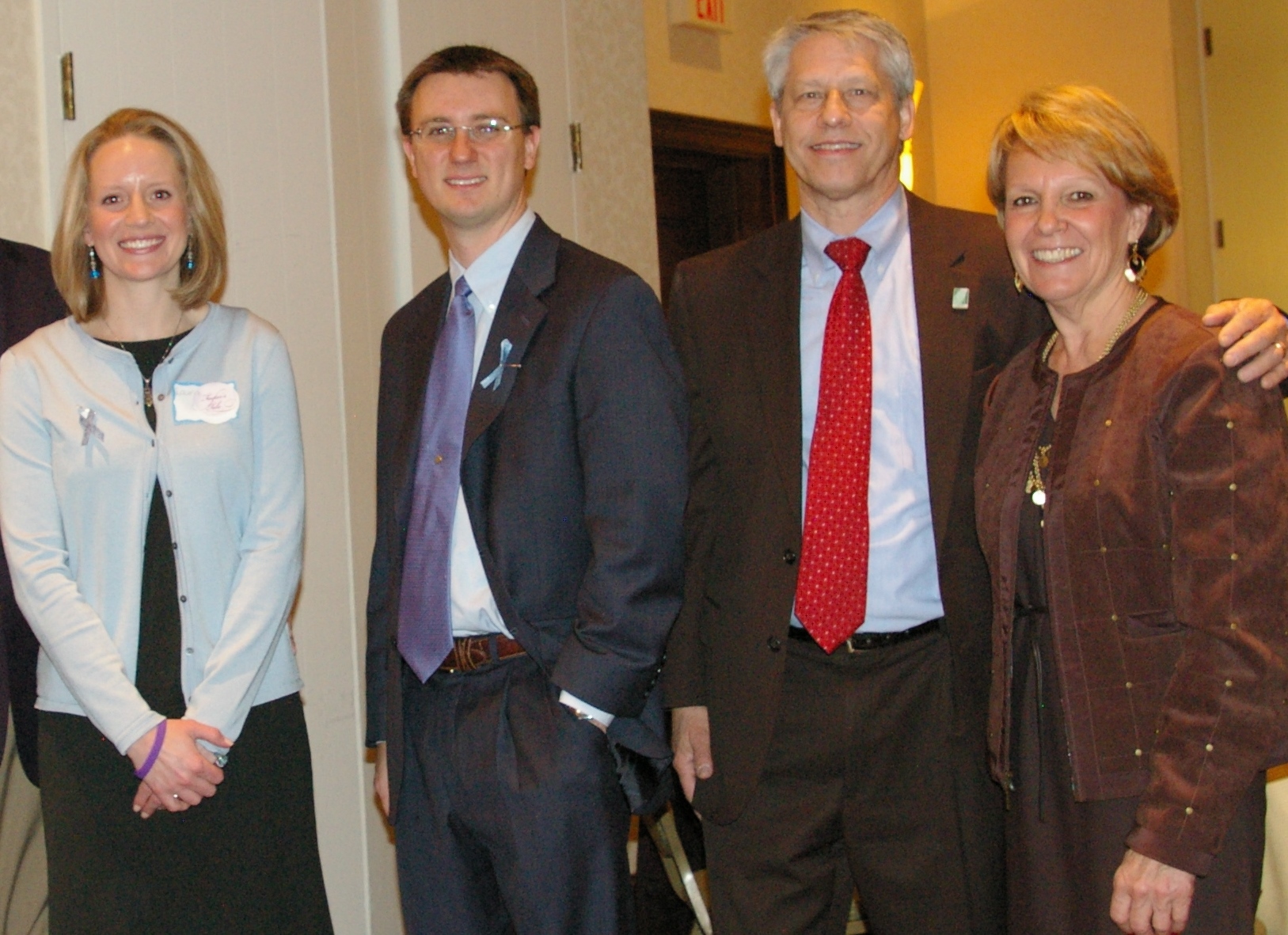When I crossed the finish line of Charlotte’s Thunder Road Half Marathon blindfolded in November 2013, I knew the race would be a tough act to follow. But I didn’t intend to stop running for my sister, Taylor, and our fight against Batten disease and other rare diseases. That’s why I’m running a race in all 50 states – a feat not as rare as running 13.1 miles blind but one that I hope will help me spread our story far and wide.
Martha’s Vineyard is a unique island, with beautiful beaches and oak forests and a scattering of towns. It’s a vacation favorite of movie stars and writers and politicians.
But most people visit the island when it’s warm. continue reading →


